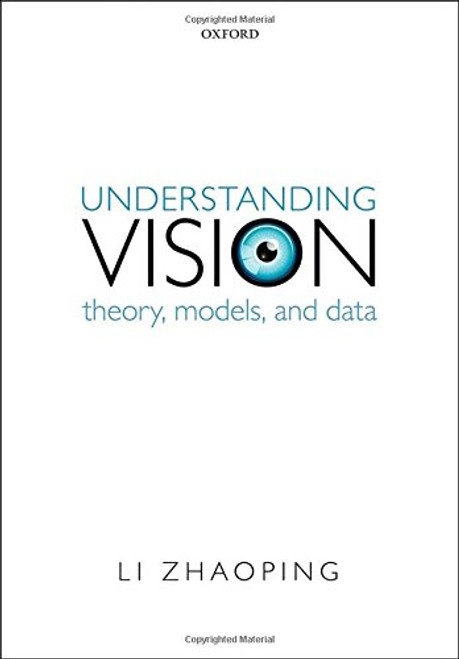Product Overview
As the diversity of the students on campus increases, the importance for everyone in authority to understand students distinct cultures and how they perceive our institutions, and equally, to understand our own privilege, and often unconscious cultural assumptions, has never been greater.
This book presents a comprehensive set of resources to guide students of education, faculty, higher education administrators, and student affairs leaders in creating an inclusive environment for under-represented groups on campus. It is intended as a guide to gaining a deeper understanding of the various multicultural groups on college campuses for faculty in the classroom and professional staff who desire to understand the complexity of the students they serve, as well as reflect on their own values and motivations.
The contributors introduce the reader to the relevant theory, models, practices, and assessment methods to prepare for, and implement, a genuinely multicultural environment. Recognizing that cultural identity is more than a matter of ethnicity and race, they equally address factors such as gender, age, religion, and sexual orientation. In the process, they ask the reader to assess his or her own levels of multicultural sensitivity, awareness, and competence.
The book approaches multiculturalism from three perspectives, each of which comprises a separate section: awareness; cultural populations; and cultural competence practice.
Section One defines multiculturalism and multicultural competence, considers changing student demographics, explores the impact environment has on culture, and provides the readers with criteria for assessing their cultural competence and awareness of their own racial identity.
Section Two addresses the cultural characteristics of specific ethnic or cultural populations, emphasizing their commonalities, and describing programs and practices that have successfully promoted their development. Each chapter includes discussion questions, and/or suggested activities that practitioners can undertake on their own campuses.
Individual chapters respectively cover the culture and experiences of African Americans, Asian and Pacific Island Americans, Latinas/os, Native Americans, biracial and multiracial students, the disabled, international students, non-traditional students, students of faith, women, lesbian, gay, bisexual, and transgender students, and analyze White Americans attitudes to issues of privilege, racial identity, and social justice. The inclusion of a chapter on the cultural characteristics of White students provides an opportunity for members of the majority culture to perceive of themselves in a cultural sense, and to appreciate their own culture as a first step in allowing them to recognize and appreciate other cultures.
The concluding section offers suggestions on how to use the books insights to achieve systemic change in the college environment.
The book is intended as a text for students, and as a practical guide for faculty, academic administrators, student affairs professionals, and others who want to foster an environment in which all students can succeed. It includes case studies, discussion questions, examples of best practice, and recommends resources to use in the classroom.







